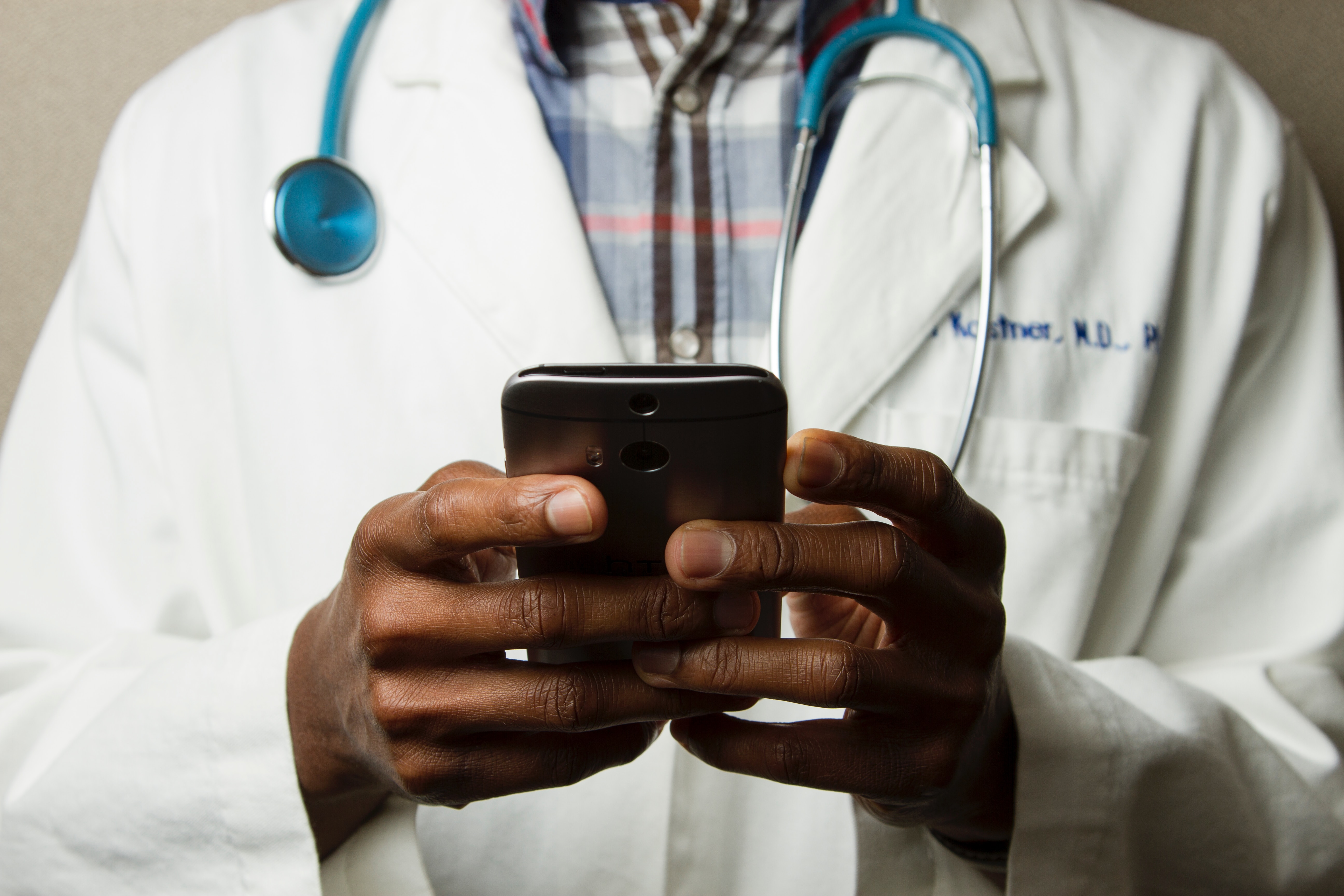In medicine, hard work is part of the landscape. Most medical students have completed eight years of postsecondary education before beginning residency training, and many students complete additional graduate degrees, research fellowships, or volunteer work both nationally and abroad. The honor of helping the most vulnerable, including the prospect of community leadership and future medical practice, compels students to excel in their clinical encounters and standardized examinations. Building a professional identity is privileged work—and requires dedication, drive, and resilience.
However, the pressure of medical education may have unanticipated outcomes related to medical students’ emotional wellbeing and mental health status. Many studies show that burnout, now considered a psychological syndrome, begins early in medical education. The outcomes of burnout may begin with feelings of dysphoria and frustration, but often have far-ranging outcomes—including compromised patient care, as well as anxiety, depression, and suicidal ideation. As a syndrome that is uniquely dependent on social and organizational contexts, burnout may be a modifiable risk factor for future medical problems, including coronary heart disease, musculoskeletal pain, and type 2 diabetes.
In the 1980s, an American social psychologist, Christina Maslach, created a method for measuring and evaluating burnout. In her sentinel publication, she characterized burnout in three domains: emotional exhaustion, depersonalization, and personal accomplishment. These three domains create a framework for understanding (and potentially modifying) the determinants of stress in the workplace and help define our current understanding of stress in academic environments.
How might burnout impact medical students? Current studies have examined the potential causes of burnout in the medical student population, including responsibility for mass amounts of information (the proverbial “drinking from the firehose”), the resultant (and nearly requisite) sleep deprivation, and distance from loved ones and home environments. As student wellness becomes a critical issue in medical education, additional variables are important to consider. Despite nearly universal use, smartphone technology has received limited attention as a potential health determinant in medical students.
Smartphones are ubiquitous in daily life. Medical students use smartphones to access medical dictionaries, anatomical atlases, flashcard applications and other study tools, online textbooks, medical podcasts, medical calculators, and other devices. As human beings, medical students also use smartphones for socializing, reading the news, dating, ordering food delivery, navigating to the hospital, and even tracking menstrual periods. For better or for worse, smartphones dissolve the boundary between work-life and home-life. In medical school, this process can provide a welcome respite from an often-isolative academic environment. In a situation where high-achieving, gifted students are challenged academically, the prospect of emotional validation and reassurance can also be appealing.
Several studies have investigated the biological, psychological, and social implications of smartphone overuse, including increased sleep deprivation, potential impacts on stress hormones and circadian rhythm, the development of behavioral addiction, and the experience of depression and anxiety. A direct link to the psychological hallmarks of burnout—emotional exhaustion, depersonalization, and decreased sense of personal accomplishment—remains unclear.
Our study used four validated scales to explore the relationship between burnout, perceived stress, sleep quality, and smartphone addiction, and assessed nearly four hundred osteopathic medical students. This multi-pronged approach allowed us to capture a more comprehensive look at the health and well-being of medical students, including several factors that are infrequently assessed. We evaluated these factors throughout the four years of medical education, which created an appropriately stratified view of the medical student experience. Indeed, our findings unveil differences between first, second, third, and fourth year medical students, which may shed light on the longitudinal impacts of class-based medical school stressors. Even more, our study design facilitated our comparison of smartphone addiction data other independent variables with global importance (such as sleep and stress), allowing us to identify which determinants of burnout are more likely to be interrelated.
There were several key findings in our study. Approximately 22% of medical students met criteria for smartphone addiction, and these students experienced a statistically significant, high level of emotional exhaustion. This finding indicates that smartphone overuse, which may be considered a behavioral addiction, is associated with chronic states of physical and emotional depletion caused by excessive and prolonged stress. Direct causality is not possible to determine in our cross-sectional study, but the role of smartphones in the establishment, development, or continuation of emotional exhaustion is an important area for future research. Further, smartphone addiction was associated with a statistically significant, high level of depersonalization or cynicism, indicating that smartphone overuse is related to feelings of alienation and apathy. Interestingly, smartphone addiction was not associated with higher perceived stress. An unexpected majority of students (approximately 80%) had feelings of low personal accomplishment, and these students exhibited a higher level of perceived stress. In other words, medical students often experience feelings of failure or incompetence through work, despite their work ethic and prior achievements.
Burnout is a universal problem that affects clinical and nonclinical professions. While our study presents a cross-sectional analysis of medical students, the experience of burnout in a professional setting is not unique. Any individual experiencing long work hours, exhaustion, or feelings of demotivation or devaluation may be at risk for burnout. By characterizing the specific experiences of this cohort of students, this study emphasizes the pervasiveness of burnout in these high-achieving individuals. Systemic change in the provision and maintenance of medical training (including decreased administrative burden and increased access to mental healthcare) is an important future direction for the health and wellness of medical students, residents, and practicing physicians. Future research needs to determine if there is a causal association between smartphone addiction and burnout or if their relationship is a proxy for another issue in medical school.



